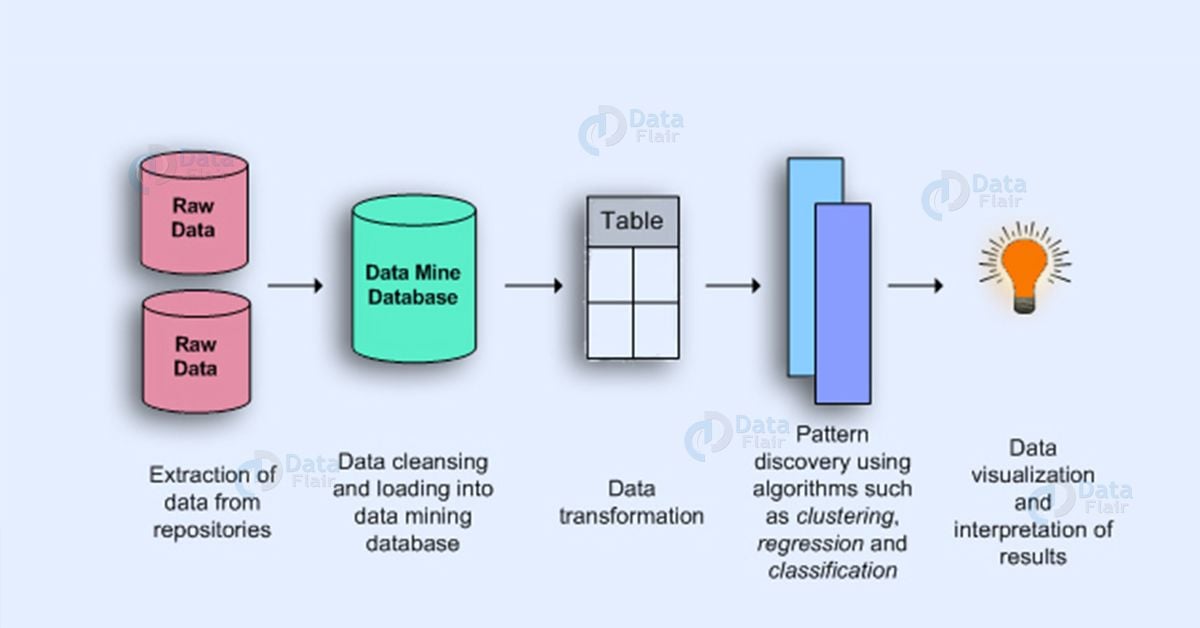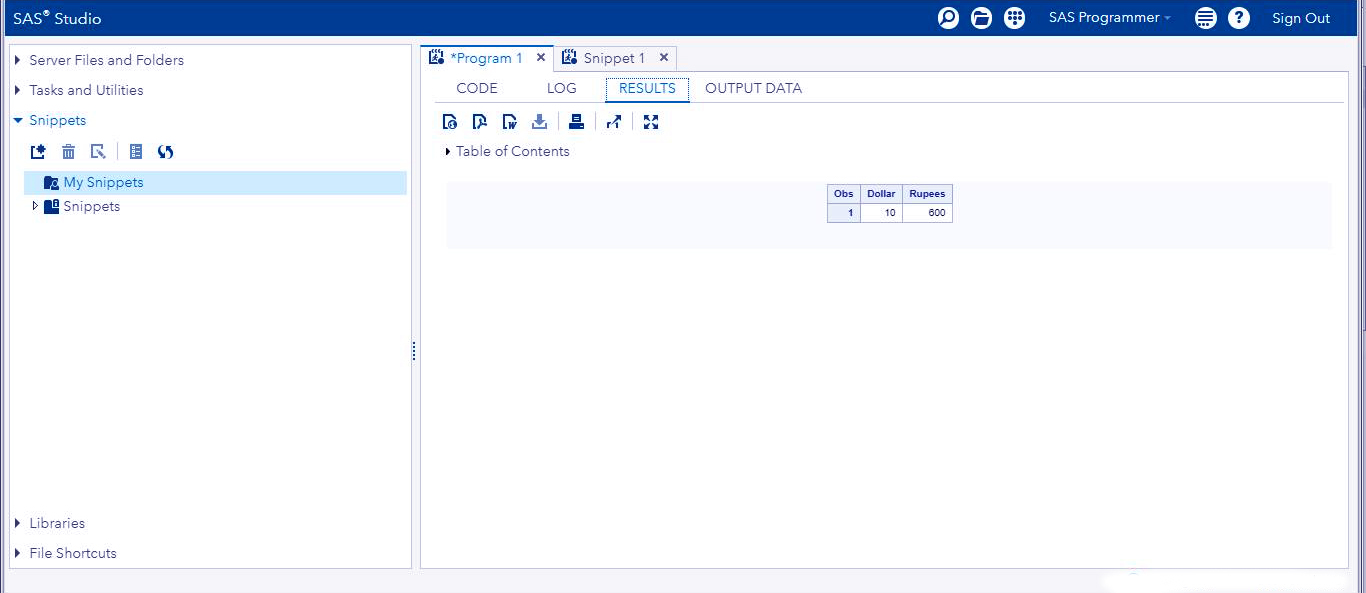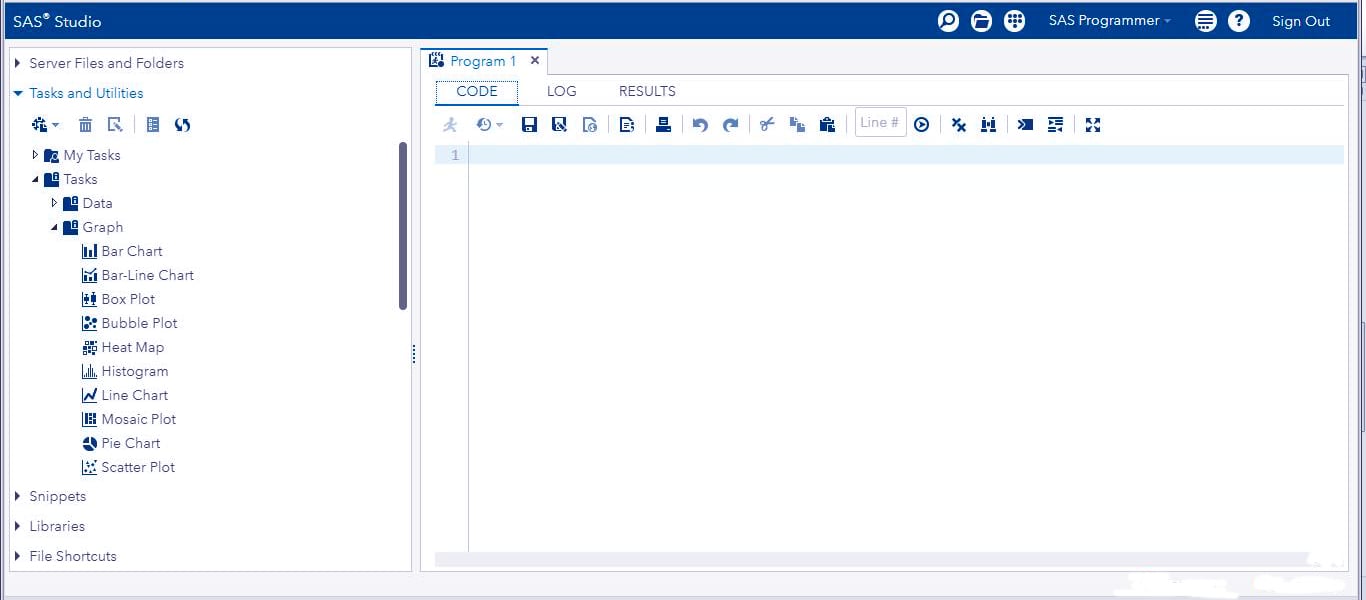A Complete SAS Tutorial – Learn Advanced SAS Programming in 10 Mins
FREE Online Courses: Transform Your Career – Enroll for Free!
Today, we will start a new journey of SAS technology with the help of a comprehensive SAS tutorial.
There are various questions which arise in our mind when we see the word ‘SAS’ like, What is SAS? Where it is used? What is the future scope in technology? You will get all the answers for such similar questions in this SAS tutorial.
Let’s quickly start by exploring the basic concept of SAS programming.
Introduction to SAS Programming
We require some statistical tools to handle the tonnes of data generated each day. Structuring and analyzing the data is the main task, followed by strategic decision making. It can be directly said that the cause and excess of data, led to the efficient generation of data analysis tools like SAS.
SAS Programming Language is defined as the science of data-driven decision making. Technology can bring us from raw data to structured readable data; it even predicts many solutions to a problem.
But it is ultimately the call of humans to make the final decision. It uses the repetitive and procedural exploration of past data to handle business decisions.
Let’s understand this with an example, have you ever wondered, why is a billing point at the mall, loaded with gum and candies on its sides.
This is not an unplanned move, rather a strategically made decision. Let’s see how, for instance when parents are at the billing counter with their kids, waiting for their turn. The gums and candies lure the kids and they demand of having it.
To prevent creating a scene at the counter, the parents have to unwillingly buy it. This results in an increased sale of candies and gum. This is what business analytics does, observes the trends and patterns and mould the business accordingly to make a profit.
What is SAS Programming?
SAS stands for ‘Statistical Analysis Systems’. It can be dated back to 1970s, a software tool developed by SAS Institute. It is a closed source analysis tool. A widely used analysis tool in the corporate world to make strategic decisions.
A fun fact, SAS was used originally for statistics application in agriculture projects. But now it’s used in various industries from media to retail, education, and finance, etc.
In simple words, SAS Programming allows you to process a large chunk of raw data to manageable small sets of data, leading to results which help in decision making.
Components of SAS Programming
Now in SAS Tutorial, we will learn components of SAS Programming Language:
i. Base SAS
It is a basis for all SAS software. SAS has hardware agility and integrates into any computer environment. It is easy to learn and is not code intensive. It provides data ease in data readability and interpretation.
ii. SAS/GRAPH
It a data visualization technique. It helps represent structured data into graphs by enhancing the process of interpretation.
iii. SAS/STAT
It helps us perform various statistical analysis variance, regression, and psychometric analysis. Some statistical techniques like such as ANOVA procedures are specially strung in the SAS environment.
iv. SAS/ETS
It is specially used for forecasting and for the time series analysis.
v. SAS/IML
IML is called Interactive Matrix Language. It is used to translate mathematical formulas into an innovative program for matrix computation and optimization.
vi. SAS/INSIGHTS and Enterprise Miner
SAS/INSIGHTS and Enterprise Miner are used for data mining.
Building Blocks of SAS Programming
This part of the SAS Tutorial covers, the technical part of SAS Programming. DATA and PROC are two major building blocks of SAS Programming Language. DATA helps to build a data set. The PROC refers to a Procedure. It processes the data.
Now, for instance, consider if I wish to convert $ into Rs. So, if I use SAS for this conversion, then the DATA converts dollars to rupees and creates a dataset named ‘currency’. The PROC will print the result for us.
Statements are made up of PROC and DATA steps. DATA steps are responsible to read data, on the other hand, PROC steps are used to perform utility functions, analysis of data, or print reports.
Writing DATA and PROC steps
Results obtained
Features of SAS Programming Language
SAS Programming as a tool is very helpful for analytics. SAS is software which works in three simple processes. It gets data from various sources, cleans it and processes it. SAS programming language is one of the easiest procedural languages.
It has a simple syntax and various inbuilt libraries containing enormous features. For instance, it has features like plotting graphs, finding permutations and combinations and solving regression.
i. SAS Programs
- They are a series of statements that execute in the set sequence.
- SAS statements are simple instructions that communicate a message.
- We can understand a SAS program with a bank example. For instance, if we go to an atm to withdraw money, we have to provide various kinds of information to the machine and then we get the money.
ii. SAS Statements
- All the SAS statements end in a semicolon. This is a basic rule that differentiates a simple English statement from SAS statement.
- These statements can be in upper or lowercase
- Statements can continue on the next line.
- Statements can start in any column.
- A statement can be on the same line as other statements.
iii. Errors in SAS Programming
Errors in SAS occur mainly due to a missing semi-colon and misspelled words. We can see these errors in red color in the log window.
SAS Windows
Initially, the SAS window was the same for all operating systems. But now with changing time, SAS window looks different on different operating systems like Windows, MAC, etc.
This provides a scope for customization of the SAS environment. However, there are many common elements in various operating environments.
Now, in SAS Programming Tutorial, we will cover the SAS Windows in detail:
i. Editor
This is a text editor window to type, edit and submit SAS programs and also process raw data files. Its features vary according to different versions and operating environment.
ii. Log
After submission, various notes, error, etc. are displayed here. Even it provides warnings with program statements here.
iii. Output
It provides the printable versions of our results here.
iv. Results
The result window shows a table of contents for our output window; we can see a list of results in an outline format.
v. Explorer
This window acts as a shortcut to reach SAS files and libraries.
Data Libraries in SAS Programming
We can understand it with a very basic example. Before you make tea, it is important for you to know where are all the ingredients? SAS Programming libraries are the location where the SAS data sets are stored. The format of SAS libraries depends mostly on the operating environment.
This is one of the best features of SAS Programming. Availability of various libraries makes it very easier to perform a statistical function. In the new SAS, studio libraries are present in the navigation panel.
Various inbuilt libraries in SAS Programming Language.
We can download the university SAS edition from sas.com
SAS Application
In the field of analytics, SAS major application lies in observing trends, decipher patterns and provide statistical inferences. In the domain of data management, it mainly contributes to a listing, characterizing, sorting and filtering data.
Its application in the multivariate analysis includes factor analysis, preference analysis and other various kinds of analysis. The crux of using SAS is to analyze data, on which decisions can be made strategically.
Future Scope in SAS
SAS Programming Language has been in existence prior to R and Python. The analytics market has acquainted itself with SAS very well now. It is a widely used analytical tool, with a plethora of predictive packages, owing to it’s easy to go programming syntax.
It is famous for the non- programming community too. Statistics show that 70% of analytics jobs are in SAS Programming, followed by R and then Python. Its ever-evolving features according to industry needs is one major factor in its favor.
SAS v/s R v/s Python
SAS Programming is one of the oldest tools used for analysis. But over time many other tools have come into the market.
Commonly used data analysis software is SPSS, R, MATLAB, Rapid Miner, Weka, SAP, Minitab, Apache Mahout, Statistica, etc. This section will mainly focus on a comparison between SAS, R, and Python.
i. Cost and Availability
- SAS
SAS being the closed source is quite expensive. It is professionally available if the company has bought access.
- R Programming
R programming is an open source software and is available free of cost in its entire version.
- Python
Similarly, python is an open source software and it is available free of cost in its entire version.
ii. Ease of learning
- SAS
It is very easy to learn, it also provides a GUI for non- programming community. A huge database consisting of books, tutorials, videos, etc. are readily available.
- R Programming
R requires you to have a thorough understanding of coding. It is low-level programming and requires a string coding hand.
- Python
It is one of the simplest programming languages. It lacks a GUI for ease of non-programmers.
iii. Graphical Capabilities
- SAS
It has functional graphical support but fails to provide any customization. A student needs to have a thorough knowledge of various graphical packages.
- R Programming
R has advanced graphical features. This makes it easy for intense and diversified graphical implications and inferences.
- Python
Python has advanced graphical features. This makes it easy for intense and diversified graphical implications and inferences.
iv. Improvisation in tools
- SAS
SAS gives out its new features in every new version. It releases it in closed space, so these are well tested by experts. However, there is no new updating every now and then.
- R Programming
As R is an open source, it is updated quickly on a frequent basis. However, due to open access, it is even prone to more errors.
- Python
As Python is an open source, it updates quickly on a frequent basis. However, due to open access, it is even prone to more errors.
v. Customer support and guidance
- SAS
It is very high and established. Being a closed source, all your problems are handled professionally.
- R Programming
R is open source there lacks quality in customer care segment. But it has online communities that can help you.
- Python
Python is open source due to which it lacks in customer care segment. But it has online communities that can help you.
So, this was all about the SAS Tutorial. Hope you like our explanation.
Summary
We studied SAS programming which is a statistical language for mining and converting raw data into a legible and interpretable format. We use it in business analytics to make strategic decisions. SAS program is sequential statements, that we write in an orderly manner.
We can write SAS statements easily in English statements to instruct the system. In short, we studied a complete guide or a cheat sheet for the SAS Programming Tutorial.
If you have any query about SAS Tutorial, feel free to ask in the comment section.
Your 15 seconds will encourage us to work even harder
Please share your happy experience on Google











It is a very useful blog and very important information about SAS.